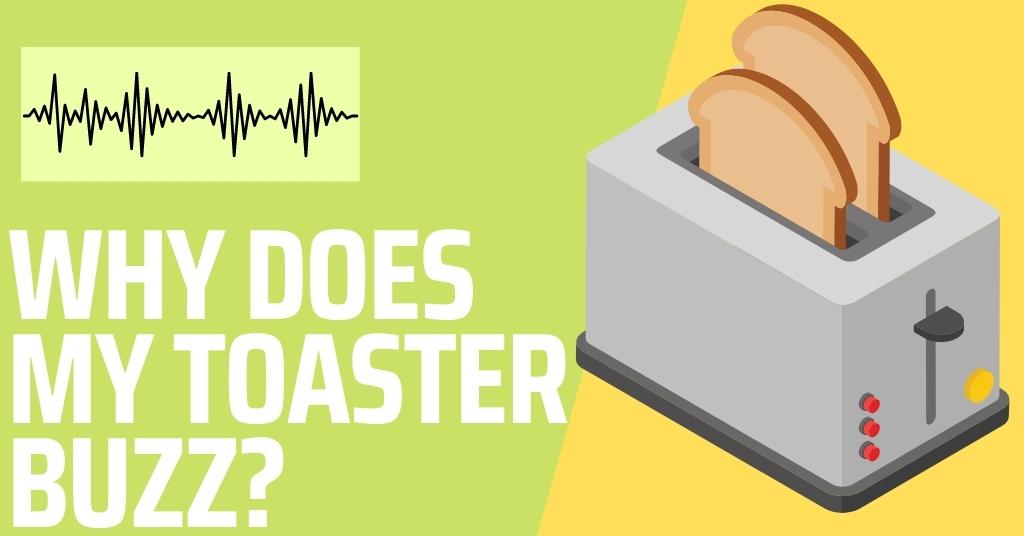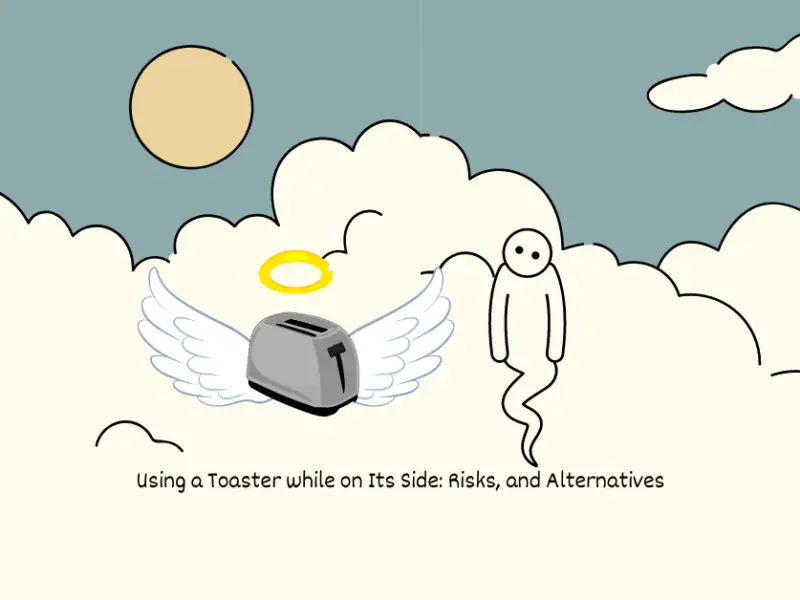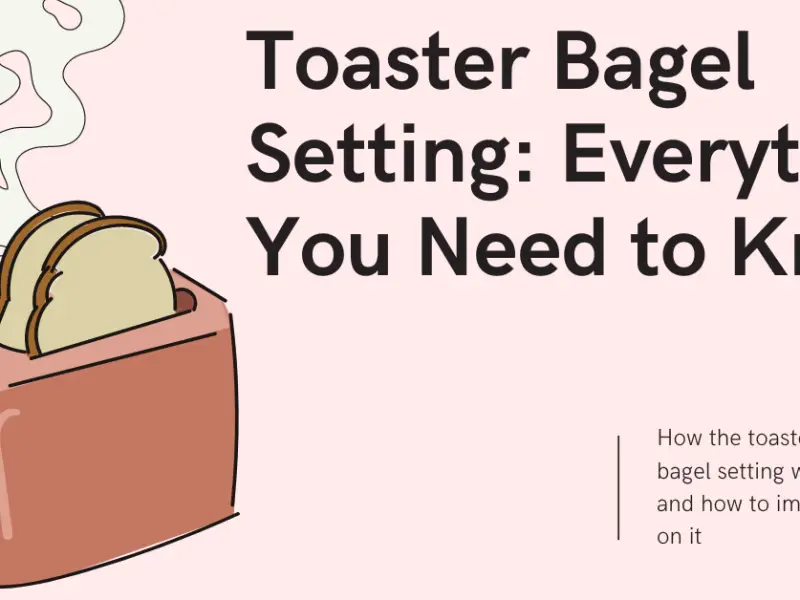I am a well-rounded expert with proficiency in several fields. My experience spans from being a dedicated chef and homemaker. As a passionate homesteader, I’ve honed my skills in sustainable living and animal care, ensuring a holistic approach to everything I undertake. Email me or Txt: (# removed due to spam, please email)
If your new toaster has been making buzzing noises, you’re not alone. In fact, this is a pretty common problem with both new and old toasters. Interestingly, you won’t find this issue in really old toasters, so what gives?

Why Toasters Buzz
Toasters these days come with all sorts of fancy features, like bagel settings, reheat functions, and electrical solenoids. These extra features, while convenient, come at a price: a shorter lifespan for your toaster.
Newer toasters are more complex and have more components that can go wrong, often leading to that annoying buzzing sound you’ve been hearing.
So, What’s Happening?
When you plug in your toaster, the heating elements inside start to glow red hot. That’s how they cook the bread.
As these heating elements age, they don’t heat up as evenly as they used to, causing some parts of the element to get hotter than others. This results in the emission of a high-pitched buzz.
You might notice that you don’t even need to be using your toaster to hear this buzzing noise. This is because, if your toaster has LED panels or touch button controls, there is always a slight power draw, even when the toaster isn’t in use.
This type of buzzing often occurs due to a loose component vibrating against the side of the toaster or improperly shielded electrical wires coming into contact with the metal casing of the toaster.
Is Toaster Buzzing a Safety Hazard?
Although annoying and distracting, toaster buzzing is generally not a safety hazard. However, if you hear this type of buzzing, it’s best to unplug your toaster and contact the manufacturer for further troubleshooting assistance.
t may also be distinctively louder if your toaster is on a hard surface like a countertop as opposed to a softer surface like a tablecloth or towel.
How to Fix a Buzzing Toaster
Sometimes you can fix the buzzing sound yourself. The solution depends on the underlying problem. Most of the time, it’s more cost-effective to just buy a new toaster, given how inexpensive they are these days.
If you have an extended warranty on the toaster, you should definitely take advantage of it and send it off for replacement or repair.
If the problem is due to a loose component, you might be able to tighten it yourself. However, if the issue lies with the heating elements, you’ll need special tools for replacement, and even then, it might not be worth the hassle.
For those times when your toaster buzzes without being in use, consider plugging it into a socket that’s turned off unless needed.
Alternatively, you can use a power strip with an on/off switch to make it easier to quickly turn off the appliance when not in use.
What to Do if You Can’t Fix a Buzzing Toaster
If you find that you can’t fix the buzzing issue, it’s best to replace the toaster. They are relatively inexpensive appliances, and it’s not worth risking an electrical fire by trying to repair a malfunctioning unit.
When you dispose of your old toaster, remember to recycle it properly. Electronic waste can contain harmful chemicals, so it’s crucial to dispose of it in an environmentally safe manner.




